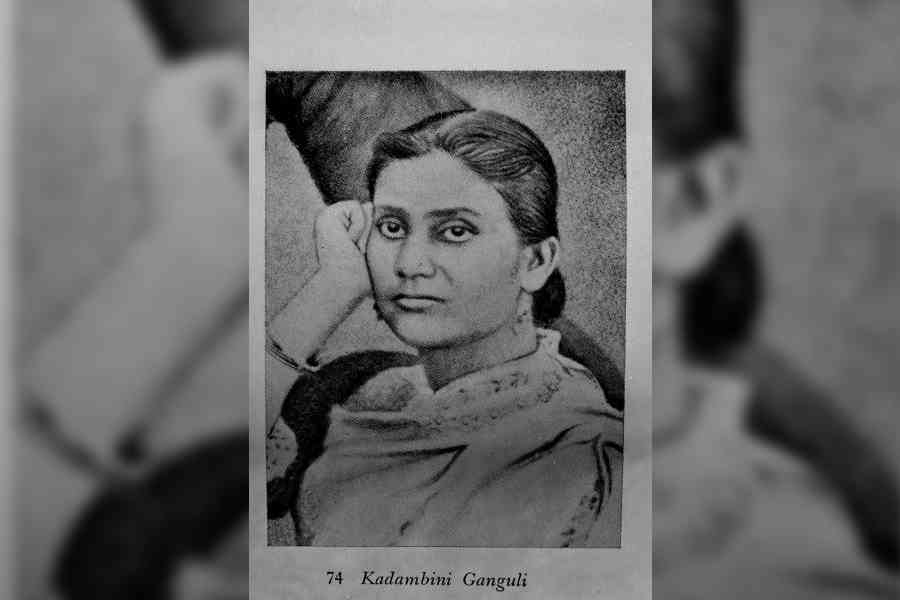Book: THE SCHOOL FOR BAD GIRLS: A FICTIONALIZED STORY OF THE WOMEN'S EMANCIPATION MOVEMENT IN 19TH CENTURY BENGAL
Author: Madhurima Vidyarthi
Published by: Duckbill
Price: Rs 299
Madhurima Vidyarthi’s book is a fictional account of the life of Kadambini Ganguly, one of the first female graduates of the British empire and the first woman to earn a degree from an Indian medical college. Social reformation in 19th-century Bengal — most of which was related to the lives of women — would not have been possible without the crusades on their behalf by enlightened, empathetic men. One of them was Dwarkanath Ganguly, whose second wife Kadambini would become. Their union is the pleasant surprise with which the novel ends. But it begins with an act of courageous kindness — when Dwarkanath brings home a widow from a street where she was left to die after being beaten mercilessly by her in-laws for the unpardonable transgression of mollifying a little niece in distress and writing the alphabet with her on a slate.
It is this girl, Kumud, who gives us the story of Kadambini, as she ends up studying in the same school as her — after being home-tutored for a while by Dwarkanath and his daughter, Bidhumukhi. The narrative is a mix of many things: it alternates between an omniscient telling from (essentially) Kumud’s point of view and Kadambari’s diary but is also partly an epistolary communication between Kumud and her ‘Bidhu didi’ (Bidhumukhi). Though interesting in principle, and easily demarcated by the use of different fonts for the different narratives, the actual telling suffers somewhat in retaining the reader’s attention after a while — as one has to constantly shift gear, as it were, between perspectives. In particular, Kumud’s letters sometimes read like summaries of events that would have been better off dramatised.
“This is a work of fiction where historical characters outnumber fictional ones”, says the author in the ‘Afterword’. True. But it is the school — Bangla Mahila Bidyalaya — that is the real protagonist of the novel. And the most dramatic part is its struggle to survive financially (conveyed memorably through the quotidian hostel life of the girls with their English supervisors) and its prolonged battle to be subsumed within the regular examination system of Calcutta University and claim the right of its students to be awarded a degree when they passed successfully. The merger with Bethune school in 1878 came as a definitive solution to the former (though the tussle between the two schools as to which name to keep was not easy to resolve) and Kadambini’s degree
in 1883 was their victorious win for the latter. It is a win the reader roots for right through the novel.










